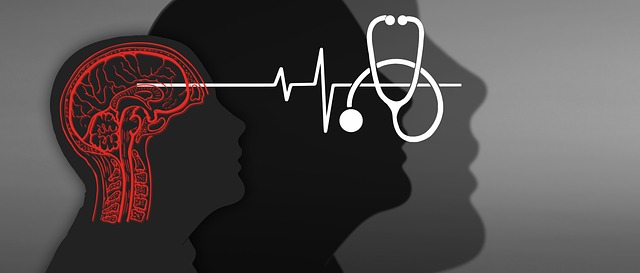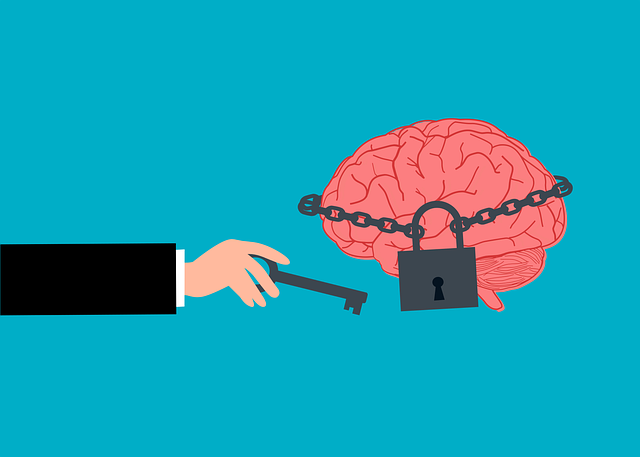Understanding mental illness diagnoses requires a thorough process led by professionals using diverse tools. The goal is not just labeling but identifying effective treatment strategies, focusing on self-esteem improvement and mental wellness. Parker Interpersonal Issues Therapy (PIIT) is a modern approach prioritizing interpersonal relationships' impact on well-being. It uses self-awareness exercises, empathy-building, and mood management techniques to enhance communication, resolve conflicts, and regulate emotions. PIIT benefits individuals with social anxieties or relationship issues, empowering them to lead more fulfilling lives through improved relationships and quality of life. Navigating treatment options requires exploring diverse therapies tailored to individual needs, guided by healthcare providers, ensuring care aligns with personal goals and values.
Mental illness diagnoses can be complex, often shrouded in mystery. This article guides you through the process, offering insights into understanding various mental health conditions. We explore the effectiveness of Parker Interpersonal Issues Therapy (PIIT) as a powerful treatment approach. Additionally, it delves into navigating treatment options, emphasizing the importance of personalized care and building supportive networks for optimal mental well-being. Discover practical steps to embark on this journey towards healing and self-discovery, including the integration of PIIT techniques.
- Understanding Mental Illness Diagnoses: Demystifying the Process
- The Role of Parker Interpersonal Issues Therapy (PIIT) in Treatment
- Navigating Treatment Options and Finding the Right Fit
- Building a Supportive Network for Effective Mental Health Care
Understanding Mental Illness Diagnoses: Demystifying the Process

Understanding Mental Illness Diagnoses: Demystifying the Process
Navigating a mental illness diagnosis can feel like a labyrinthine journey, filled with complex terminology and uncertain paths. The process often involves a comprehensive evaluation by qualified professionals who employ various tools and methods to assess symptoms, rule out other conditions, and ensure an accurate diagnosis. This may include in-depth conversations exploring personal history, current experiences, and interpersonal issues, as highlighted by Parker Interpersonal Issues Therapy. The goal is not merely to assign a label but to gain insights that drive effective treatment strategies.
Self-esteem improvement and mental wellness are integral aspects of this journey. Through open communication and the application of evidence-based techniques, individuals can better understand their experiences and develop healthy coping mechanisms. Communication strategies, encouraged by therapists like those practicing Parker Interpersonal Issues Therapy, empower individuals to advocate for themselves, express needs clearly, and foster supportive relationships. This holistic approach ensures that the diagnosis serves as a foundation for personalized, transformative treatment plans.
The Role of Parker Interpersonal Issues Therapy (PIIT) in Treatment

Parker Interpersonal Issues Therapy (PIIT) plays a pivotal role in modern mental health treatment navigation by focusing on the intricate web of interpersonal relationships and their impact on an individual’s well-being. This therapeutic approach recognizes that our interactions with others significantly influence our emotional states and overall mental health. PIIT incorporates self-awareness exercises designed to help individuals gain profound insights into their personal dynamics, fostering a deeper understanding of themselves and their relationships.
By implementing empathy-building strategies within the therapy framework, PIIT equips clients with the skills to navigate interpersonal challenges effectively. This involves learning to recognize and manage emotions, enhance communication, and resolve conflicts in healthy ways. Additionally, mood management techniques are integral to PIIT, enabling individuals to regulate their emotional responses and maintain a sense of balance. These comprehensive strategies not only support better mental health but also empower clients to lead more fulfilling lives by improving their relationships and overall quality of life.
Navigating Treatment Options and Finding the Right Fit

Navigating treatment options is a crucial step in managing mental health challenges. It involves exploring various therapeutic approaches to find what best addresses an individual’s unique needs and interpersonal issues. For instance, Parker Interpersonal Issues Therapy (PIIP) focuses on improving relationships and communication patterns, making it ideal for those dealing with social anxieties or conflicts that impact their mental well-being. This form of therapy encourages individuals to understand themselves better in the context of their relationships, fostering healthier interactions.
Finding the right treatment fit often requires patience and perseverance. It involves assessing one’s symptoms, preferences, and lifestyle. Healthcare providers play a vital role in guiding patients through this process by discussing different strategies like Burnout Prevention Techniques or incorporating Mind Over Matter Principles. By combining professional advice with personal reflection, individuals can make informed decisions, ensuring their treatment aligns with their goals and values, ultimately enhancing the effectiveness of their care journey.
Building a Supportive Network for Effective Mental Health Care

Mental illness diagnosis and treatment can be complex, but with the right navigation assistance, individuals can find their way to effective care. By demystifying the diagnosis process and understanding therapeutic options like Parker Interpersonal Issues Therapy (PIIT), individuals gain valuable insights into their mental health journey. Navigating treatment involves finding personalized fits that align with individual needs. Moreover, building a supportive network enhances overall mental health care, ensuring folks receive the holistic assistance they deserve in today’s digital era.














